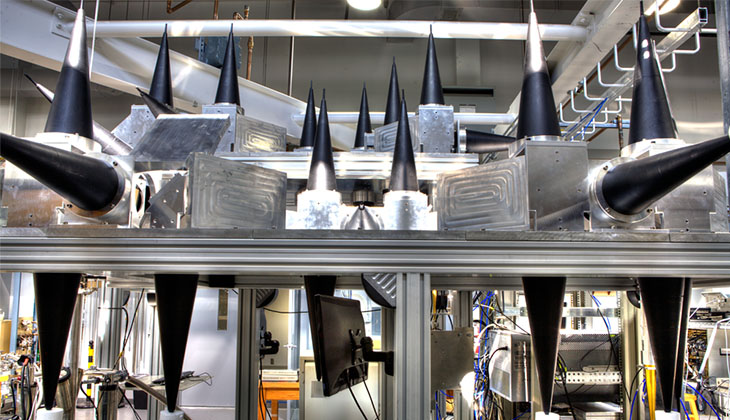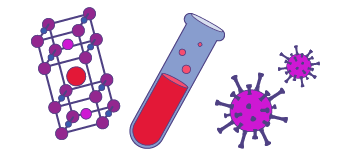
A new high power (~1 kW) quasi-optical W-band (94 GHz) spectrometer (HiPER) is now available for continuous wave and pulsed EPR measurements. Its high power enables generation of short pulses with large excitation bandwidths, leading to enhanced sensitivity for pulsed EPR including DEER (~two orders of magnitude improvement over conventional X-band spectrometers).
HiPER’s unique quasi-optical design also allows for large area, non-resonant sample holders that exhibit increased concentration sensitivity for CW EPR relative to commercial W-band instruments.

Explore our magnet schedule to see what exciting research is happening on our stellar fleet of instruments right now.
Kaur, P., et al, Selective Membrane Disruption Mechanism of an Antibacterial γ-AApeptide Defined by EPR Spectroscopy, Biophysical J., 110, 8, 1789-1799 (2016) Read online.
Song, L., et al, Towards Increased Concentration Sensitivity for Continuous Wave EPR Investigations of Spin-Labeled Biological Macromolecules at High Fields, Magn. Reson., 265, 188-196 (2016) Read online.
Cruickshank PA, et al, A kilowatt pulsed 94 GHz electron paramagnetic resonance spectrometer with high concentration sensitivity, high instantaneous bandwidth, and low dead time, Rev Sci Instrum. 2009 Oct;80(10):103102. doi: 10.1063/1.3239402 Read online.
Last modified on 08 December 2023